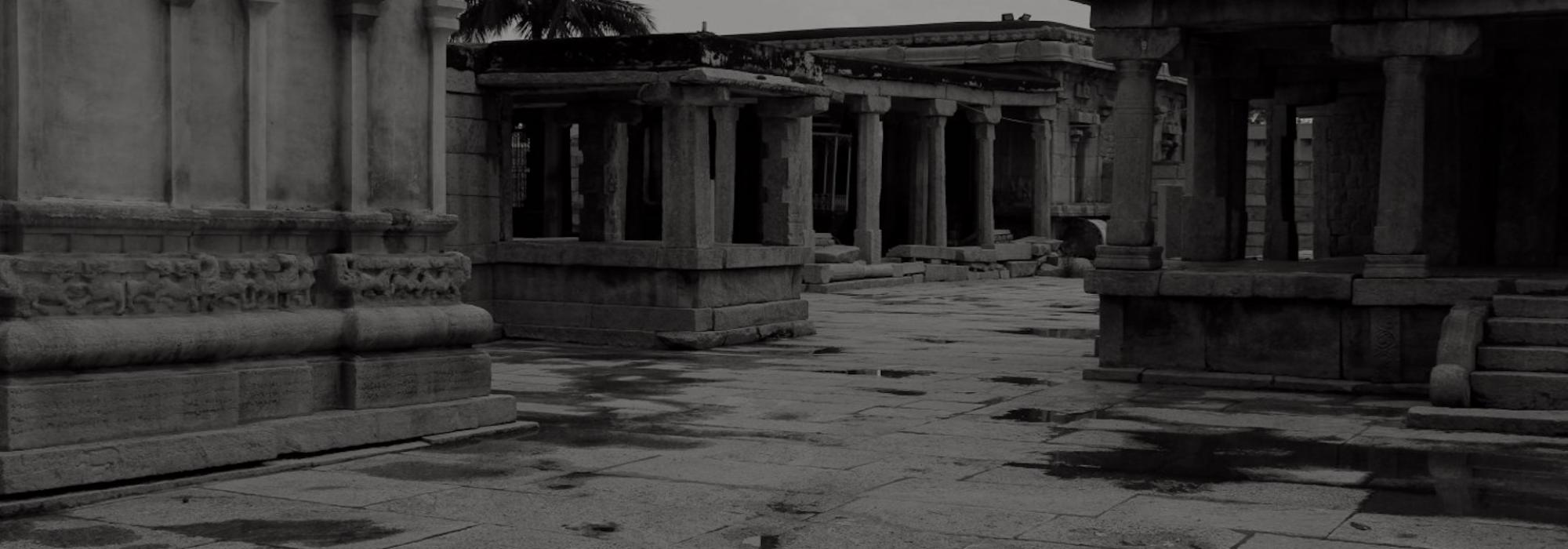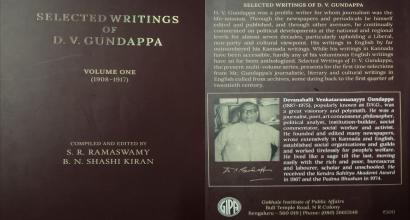My Dedication to Lessons
My maternal uncle prepared me for all the above lessons. A special part of this was dedicated to mathematics. Its machinations went something like this –
He would sit in a dark corner in the central hall of our house and would make me sit near him. My grandmother would give me some snacks like koḍubaḻe, cakkuli, and so on. My uncle would ask me in a loud voice, “Eighteen sixes are?” Immediately he would whisper into my ears, “One hundred and eight!” I would shout out, “One hundred and eight” in a loud voice. Then my mouth would receive a small piece of koḍubaḻe.
You should listen to the inner workings of this. My uncle knew that I was unaware of six times eighteen. If I replied with a wrong answer, my father would listen to that. Then I would be beaten black and blue. My uncle and grandmother could not bear the pain of looking at me crying after getting beaten up. Unable to bear this sorrow, my uncle would protect me with a good lie. The people of the olden days who made laws have given lenience under five situations (pañcānṛtāny-āhur-apātakāni!) The lie created by me and my uncle is not included in this list. But I’m confident that it was not a crime in my uncle’s view. But if my part in this had not been criminal in nature, my prowess in calculation would not have been so laughable.
After some time, my father discovered this dark-corner ploy and appropriately punished me and my uncle.
Candraśekhara-śāstri
I’ve written separately regarding my headmaster Vedamūrti Candraśekhara-śāstri (Volume 5). The lessons taught by him on the streets, outside the temple, at home, and in the town, are equal to if not greater than what he taught us at school. He was the teacher in a real sense. Clear pronunciation, usage of words appropriate to the situation, joining of words, the beauty in the meaning of what he uttered – all these were the highlights of his literature lessons. The beauty of his kāvya-vācana and his śloka-recitation were similar. It would be heartfelt too. His way of teaching the recitation of the Vedas was also of this manner. Even to this day, I remember hearing first from his mouth the ātma-rakṣā mantras like ‘brahmātmanvadasṛjata…’ and feeling ecstatic. The ruler he carried with him, and the beating we used to receive on our knuckles from him, was on one side; the aroma and the taste of his cooking as well as the affection with which he served it, was on the other side. His dedication towards ācāra [loosely ‘customs’] was at one end and his variegated swear words while rebuking us was at the other. Like this, from all four corners we appreciated him with a mixture of fear. It was a fright combined with admiration. If a student gave a wrong answer, or if some friend said something irrelevant, our Śāstri would say “Divyaḥ!” We would feel as if we should enter the bowels of the earth. Sometimes in Telugu he would say, “Wonderful. Just like washing one’s face with tears!” I can go on telling about numerous things about him.
Nañjuṇḍayya
My father was an associate teacher under Candraśekhara-śāstri. He would praise Śāstri as being an equal to his guru Nañjuṇḍayya. I’ve never seen the person named Nañjuṇḍayya. He’s one who gave me a bad name. It seems Nañjuṇḍayya passed away a day or two before I was born. Remembering this, my father would always deride me saying, “He ate my teacher for the sake of his birth!”
Among Nañjuṇḍayya’s disciples, there was a one Vegamaḍugu Śīnappa who was my father’s friend as well. It seems Nañjuṇḍayya had taught kāvya [‘literature’ in general] to both of them. My father and Śīnappa had great interest in Haḻagannaḍa literature. My father would read poetical works like Jaiminī-bhārata, Kumāra-vyāsa-bhārata, Rājaśekhara-vilāsa, Hariścandra-campū; Śīnappa would explain the verses [i.e. do the vyākhyāna]. Or Śīnappa would read and my father would explain the meaning. I have heard this. Śīnappa was extremely enthusiastic about śabdālaṅkāra[1]. Whenever he encountered words like “Pāvanatulābharaṇam” or “Kètta balgattalègè,” he would twist together the index and middle fingers of his right, and explain it with great zeal as if he were expounding a logical argument. We would be happy not to just listen to it, but also to look at it. Śīnappa was addicted to snuff. His singing would be even more enjoyable when he was searching for his snuff box or his cloth. He would split every word in various ways, and would explain the various meanings associated with it.
Śīnappa was a poor śānubhoga [village accountants] by profession. If the degree-holders of my time had the possessed the same amount of knowledge as he did in literature, the country would have been a lot happier! A statement of Mahāmahopādhyāya R Narasimhacharya comes to the surface of my memory – “The eminent people of your time are extremely wealthy – they are adversaries of music and enemies of [Goddess] Śāradā.”[2]
Multifaceted Nature
How were we to make a rasika-vidvāṃsa [connoisseur-scholar] such as Nañjuṇḍayya as the headmaster during our time? Nañjuṇḍayya was a scholar in Kannada as well as Telugu; Our Telugu School’s headmaster Tiruveṅgaḍayya was a disciple of Nañjuṇḍayya while in the Andhra country. Nañjuṇḍayya was well-versed in Sanskrit. It seems he knew some English as well.
Apparently he knew painting and sculpting too. He had lost his wife. He had, apparently, sculpted an idol of his deceased wife with his own hand, and had decorated with colours, and had placed it on a table.
He was respected by all the villagers. He used to wear pure dhoti, aṅga-vastra, and a turban. When he was roaming in the town, every shopkeeper would stand up, offer salutations, and then look after their customers. Such was the respect shown towards education and humility.
Concluded.
This is the third part of a three-part English translation of the fifteenth chapter of D V Gundappa’s Jnapakachitrashaale – Vol. 8 – Sankirna Smrti-samputa. Edited by Hari Ravikumar.
Footnotes
[1] Embellishment and word-play at the level of sound, which includes the use of alliteration, rhyme, onomatopoeia, etc.
[2] In other words, incapable of appreciating either music or literature









































